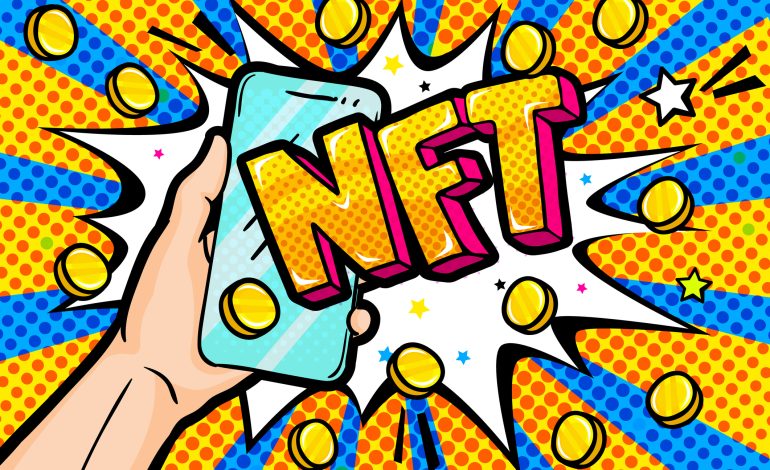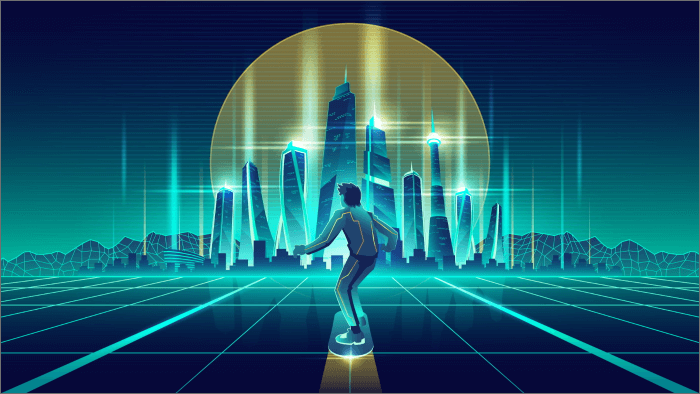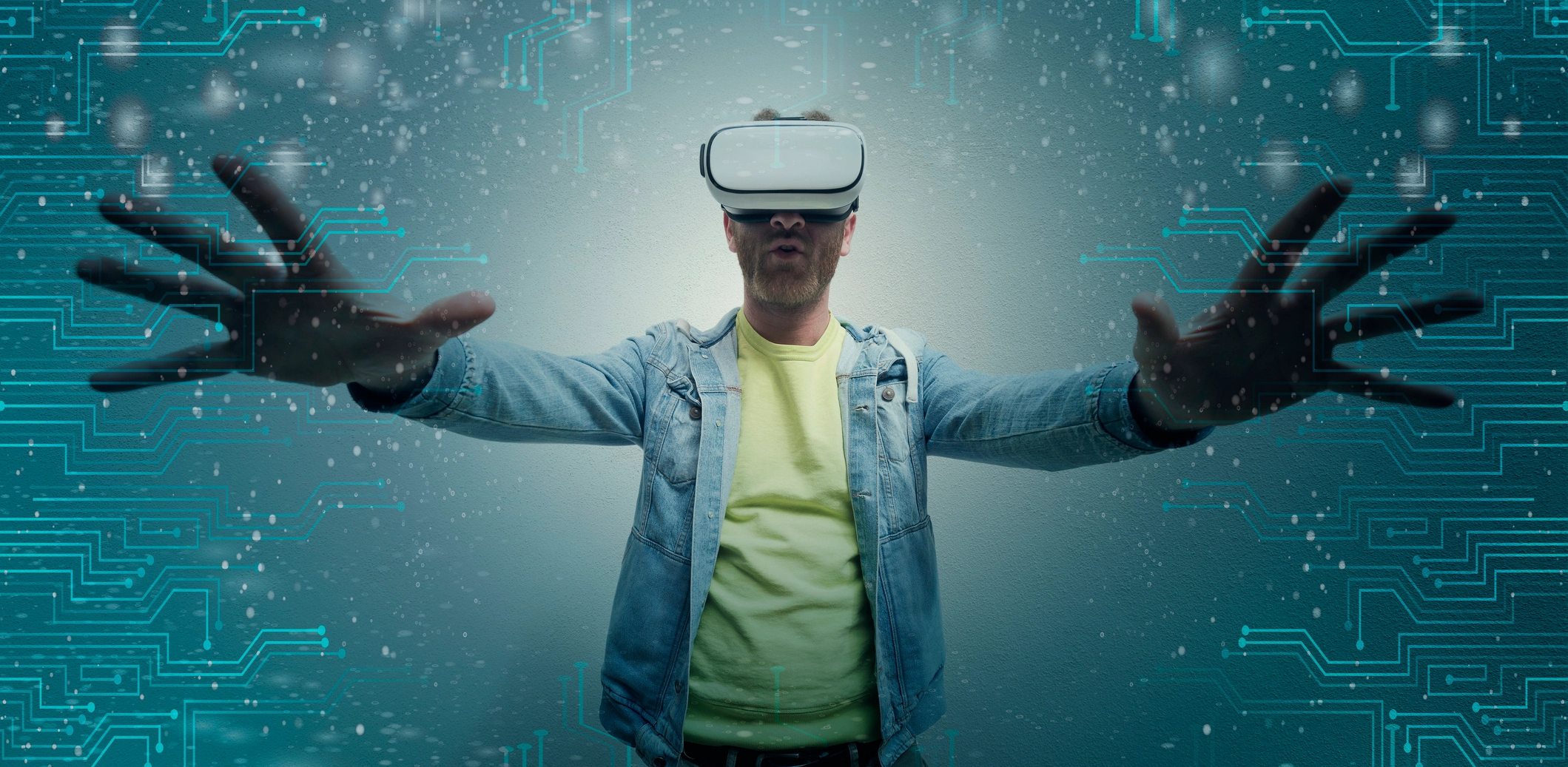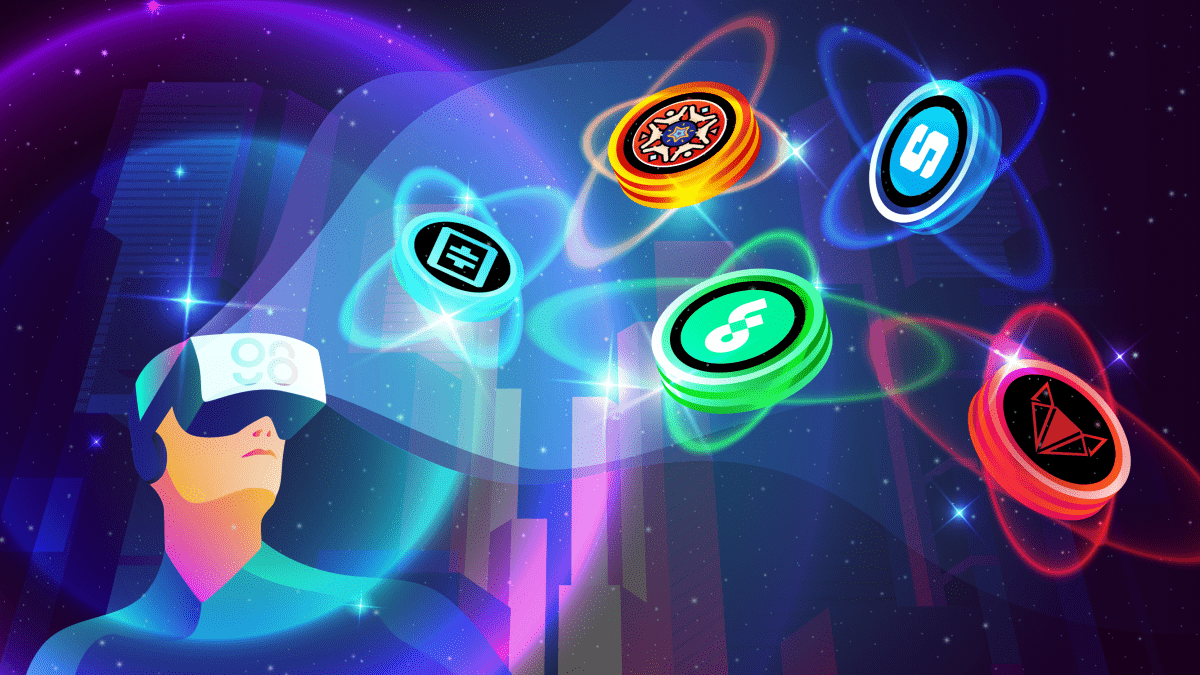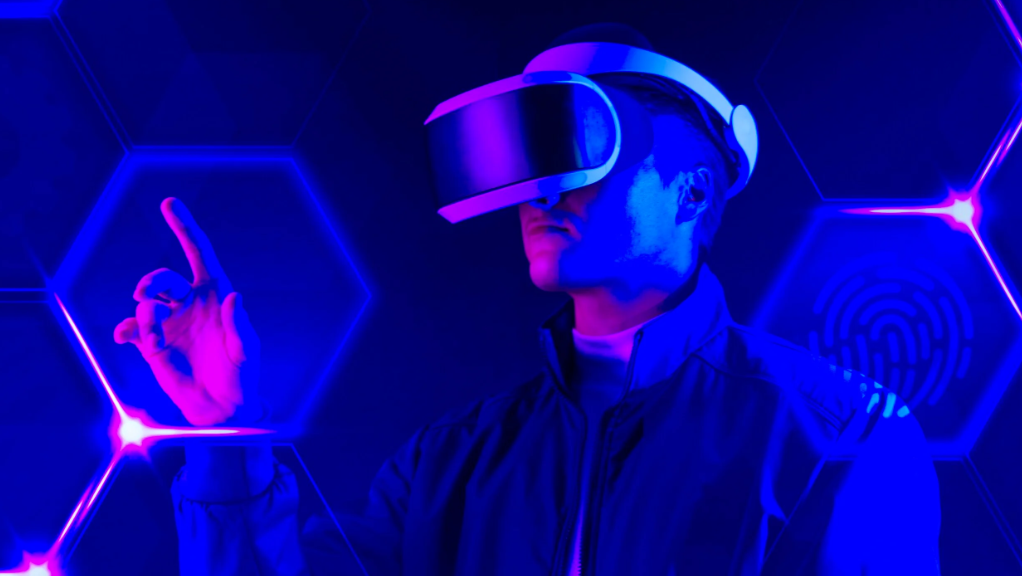Loreal Makes a Paradigm Shift In The Beauty Industry with AI adoption

When shopping for beauty and skincare products, customers want to feel confident about what they are purchasing. Well, everyone loves to feel confident that they are paying for the right product, no matter what they are buying. But for some industries, it takes a trial to bring about that conviction.
With an array of options, brands and variations to choose from, beauty shoppers in brick and mortar stores often take some time to try out the various options before settling with the ones they are convinced are good for their skin and look. This ability to test products is one of the advantages offline shopping had over e-commerce. But with continuous advancement in technology, this gap is being closed, and L’Oréal is determined to blur the line completely.


L’Oréal, the world’s largest cosmetics company, with hair colour, skincare, sun protection, make-up, perfume, and hair care brands, made a smart move last year, when it bought Modiface, a major AR company. Modiface has been the name behind the creation of several augmented reality beauty apps for different brands, including Sephora and Estée Lauder. They have also worked on several projects for L’Oréal, including its Style My Hair app, that allowed users to try different hairstyles and see how they’d look in them.
With the acquisition, L’Oréal became the owner of all the AR beauty patents credited to Modiface. Speaking on the acquisition move, L’Oréal’s chief digital officer Lubomira Rochet told Allure that “The idea behind the acquisition was to deploy the augmented reality technology for all of our brands, in all of our countries.”

This year, L’Oréal made another move to help buyers make more informed decisions, when it partnered with Amazon to make available a virtual try-on feature for beauty shoppers on the retailing platform. With the help of AR, buyers could try on lipsticks using their smartphone or computer cameras and swipe the selected lipstick over their lips to see how they’ll look on it. If you don’t want to take a snapshot of your face, you can find a model with a similar skin tone as yours and apply the lipstick to the model.
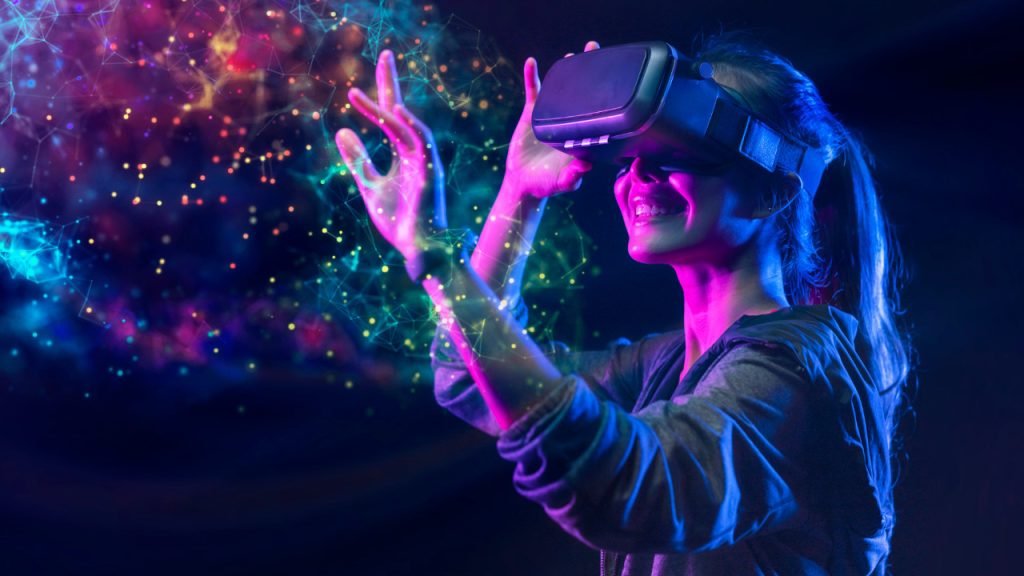
From lipsticks, the company plans to move to other beauty products, like eye shadows. Although it is not clear how this technology will be implemented for something like foundation, the company says it is working on that too.
“The thing we’re trying to do here is solve consumer problems and to help them decide the right products, the right colors, the right routines, and dig deeper in this era of personalization,” Rochet told Adweek.
“As a company, we put digital first. Even in our meetings within the company, everybody starts by the digital execution. As a cultural shift, it’s pretty impressive,” she said.

Also, this year, L’Oréal launched Color&Co, a brand-new start-up. Color&Co is a tech-based startup that connects hair colorists to clients via video chat. Users can create an account and be connected to a trained colorist, during which they’ll engage in a free hair-consultation that lasts as long as 10 minutes. Through this conversation, the user will build a custom, personalized, at-home hair color, which will be delivered to their doorstep.
Strong in its determination to lead a digital revolution in the beauty industry, ModiFace and L’Oréal Research & Innovation teamed up to launch a digital skin diagnostic for consumers following 15 years of scientific research on skin aging by L’Oréal R&I evaluation teams

According to L’Oréal, “This new technology is based on an Artificial Intelligence-powered algorithm developed by ModiFace and nourished by L’Oréal’s skin aging expertise and photo database. Using deep learning, the algorithm has been trained on 6000 clinical images from L’Oréal’s R&I evaluation and knowledge studies conducted with Skin Aging Atlases, and then a new model has been created on over 4500 smartphones selfies for 3 groups of women (Asian, Caucasian and Afro-American) in 4 different lighting conditions. The results, which were developed with dermatologists, achieved a high level of skin assessment precision. Accurate results were obtained with different facial expressions and photo taking conditions (light, phone position) similar to those used by consumers.”
The first application of this technology is the Vichy SkinConsult which was launched early this year. It allows users to obtain skin diagnostics in three easy steps:
1) User takes or uploads a selfie on the brand’s website.
2) The technology analyzes the image based on seven aging signs, including under-eye wrinkles, lack of firmness, fine lines, lack of radiance, dark spots, deep wrinkles and pores. The analysis shows the user their personalized skin aging matrix, their skin strengths and priorities to act on.
3) The user receives a tailored made product routine to address her specific skin priorities.
Undoubtedly, augmented reality is changing the trends in the beauty industry, especially at the sales and retail end of things. L’Oreal is taking the bull by the horn by launching several AR apps and gadgets, adopting both AR and AI in its drive to increase the digital experience of its users.
The days of “when you order it vs. when it arrives” is over. Beyond that, not only are users able to try out products before buying, the combination of AI and AR is also helping to provide expert advice and recommendations to users on what beauty products are good for their skin.
References:
- https://www.allure.com/story/loreal-amazon-modiface-virtual-try-on-lipstick
- https://www.adweek.com/brand-marketing/loreal-is-bringing-beauty-online-with-the-help-of-augmented-reality-and-ai/
- https://www.lorealusa.com/brand/consumer-products-division/color-and-co
- https://www.allure.com/story/color-co-loreal-custom-hair-color-review

